
Prada presents “China Cabinet”, an exhibition project by artist Theaster Gates, with the support of Fondazione Prada. It will be on view from 11 March to 23 May 2021 at Prada Rong Zhai, a 1918 historic residence in Shanghai restored by Prada and reopened in October 2017.
Invited to reimagine the spaces of Prada Rong Zhai in an unprecedented way, Theaster Gates shows his ceramics body of work and reveals the link that exists between this activity as a ceramist and those as a visual artist, a performer, a professor, a urban planner and a community activist. For “China Cabinet”, Gates conceived a three-chapter story that unfolds in the rooms on the building’s first floor. Over the course of this narrative, the setting changes and the artist’s role evolves from guest to ghost to host.
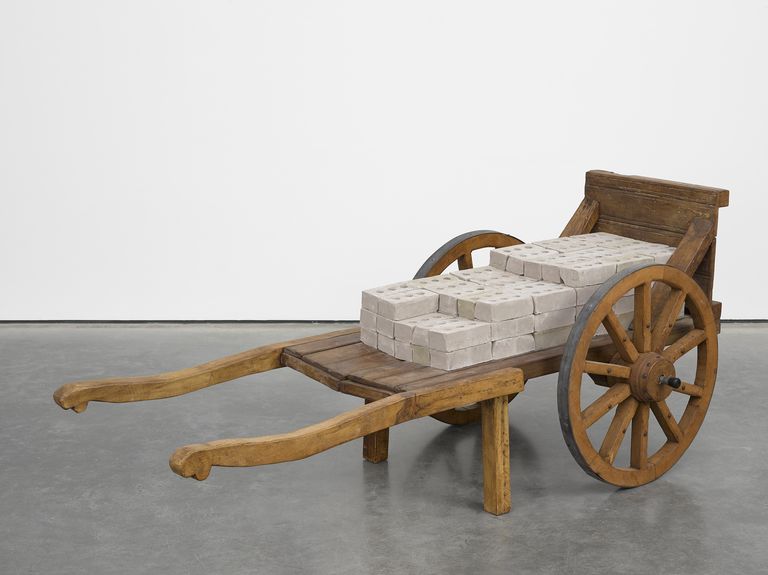
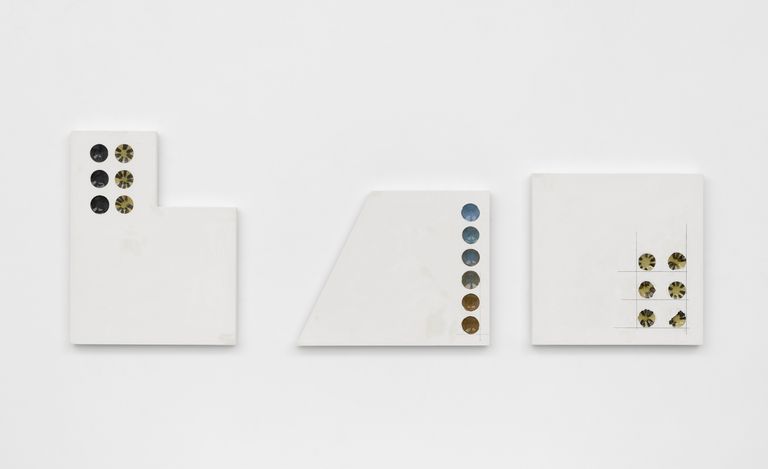
Installation view of “China Cabinet”
In the first chapter, the artist as a guest presents the themes underlying his work in six showcases wherein visitors can trace the elements that characterize his practice: the reuse of materials and architectural construction techniques, his references to craftsmanship and spirituality, his employment of the stereotypical imagery imposed on the African-American community, the use of symbols from the civil rights movement, and the presence of archival material such as magazines, books, music, and films that constitute Gates’ universe.

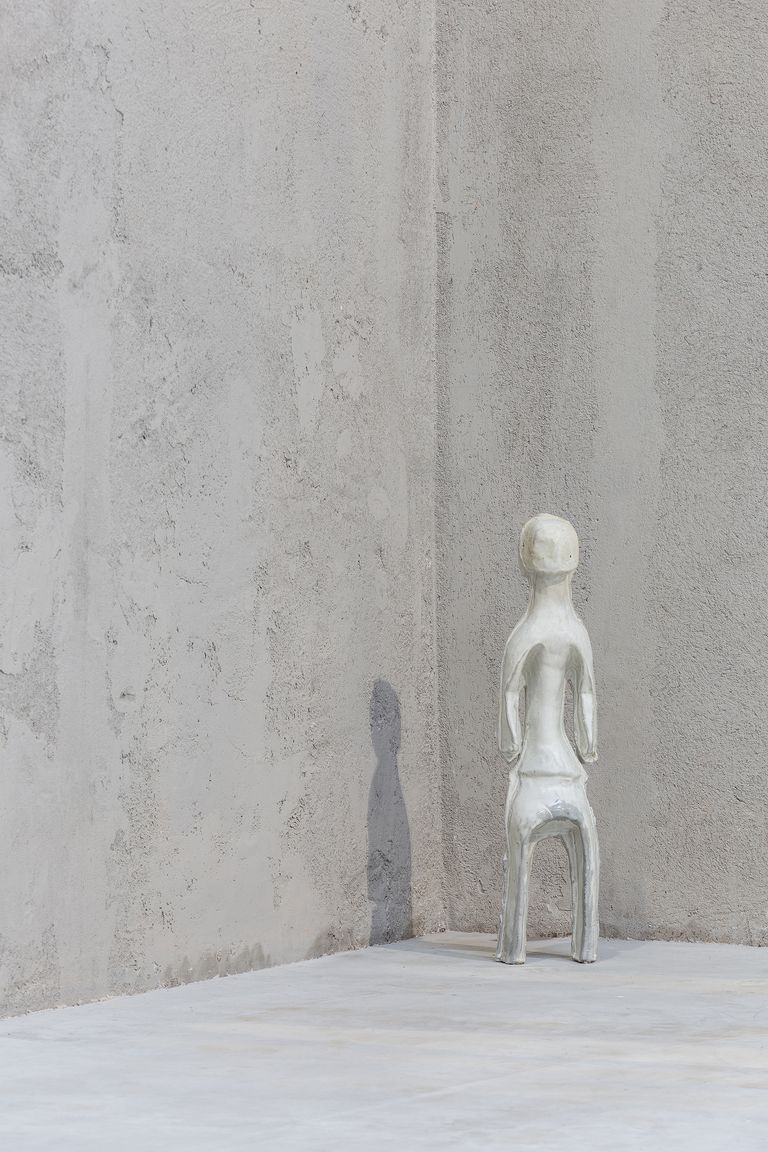
Installation view of “China Cabinet”
The second phase of the show invokes the artist as an interlocutor. Here, Gates reveals the complexity of his relationship to ceramics —which comprises both intellectual and tactile aspects— in a site-specific installation divided into two parts. The first is a precise and clean presentation of his works distributed throughout the space as if they were in an antique Chinese porcelain boutique. The second part is a reconstruction of his potter’s workshop presenting many plates, cups, bowls, vases, and other utilitarian ceramics alongside artworks made using similar techniques.

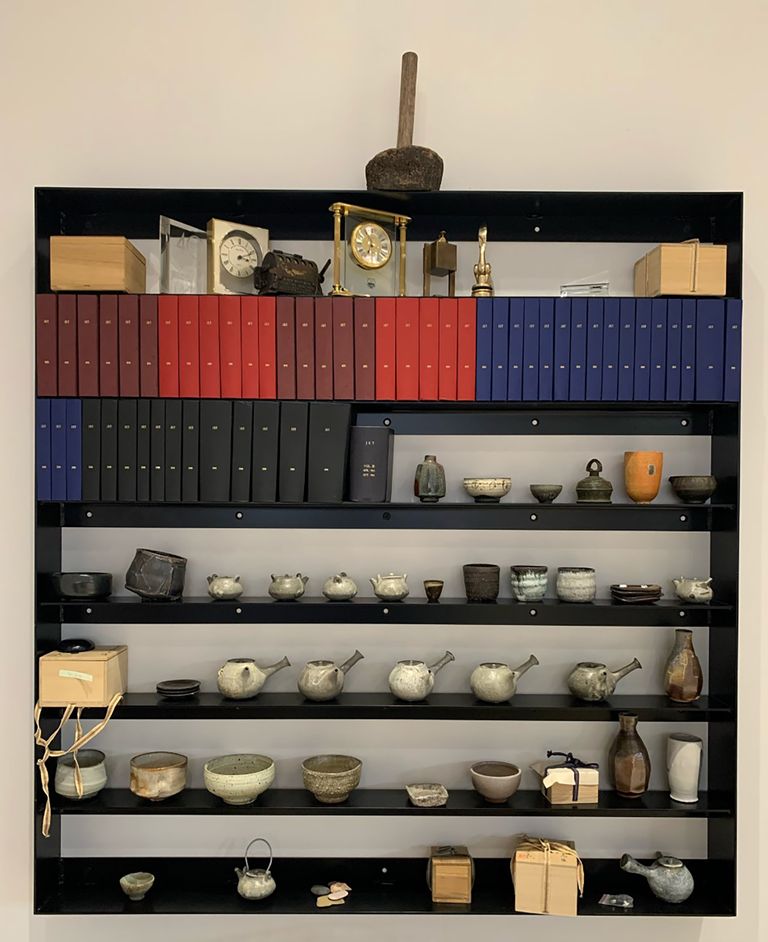
Installation view of “China Cabinet”The story culminates with the artist’s complete occupation of Prada Rong Zhai with artworks displayed as they would be in a private home. In the end, the artist has transformed from a visitor into a generous host desiring to share the comfort and beauty of his carefully appointed residence with his guests.
About the artist
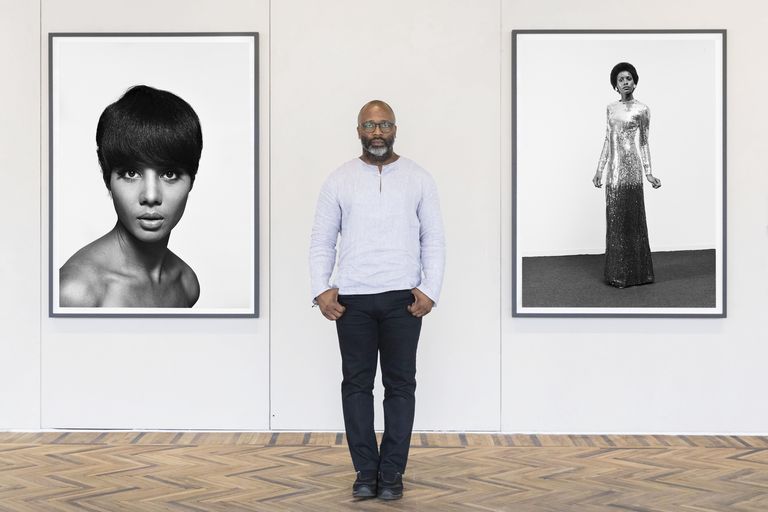
Theaster Gates lives and works in Chicago, US. He creates work that focuses on space theory and land development, sculpture and performance. Drawing on his interest and training in urban planning and preservation, Gates redeems spaces that have been left behind. Known for his recirculation of art-world capital, Gates creates work that focuses on the possibility of the “l(fā)ife within things.” Gates smartly upturns art values, land values, and human values. In all aspects of his work, he contends with the notion of Black space as a formal exercise – one defined by collective desire, artistic agency, and the tactics of a pragmatist.
About the exhibition
Dates: 11 March to 23 May 2021
Venue: PRADA RONG ZHAI
Address: No. 186 North Shaan Xi Road Jing’an District, Shanghai
Courtesy of the artist and PRADA RONG ZHAI, for further information please visit https://www.prada.com/us/en/pradasphere/special-projects/2021/theaster-gates-china-cabinet-rong-zhai.html or contact pradarongzhai@prada.com.
About Theaster Gates
Theaster Gates lives and works in Chicago, US. He creates work that focuses on space theory and land development, sculpture and performance. Drawing on his interest and training in urban planning and preservation, Gates redeems spaces that have been left behind. Known for his recirculation of art-world capital, Gates creates work that focuses on the possibility of the “l(fā)ife within things.” Gates smartly upturns art values, land values, and human values. In all aspects of his work, he contends with the notion of Black space as a formal exercise – one defined by collective desire, artistic agency, and the tacti




























